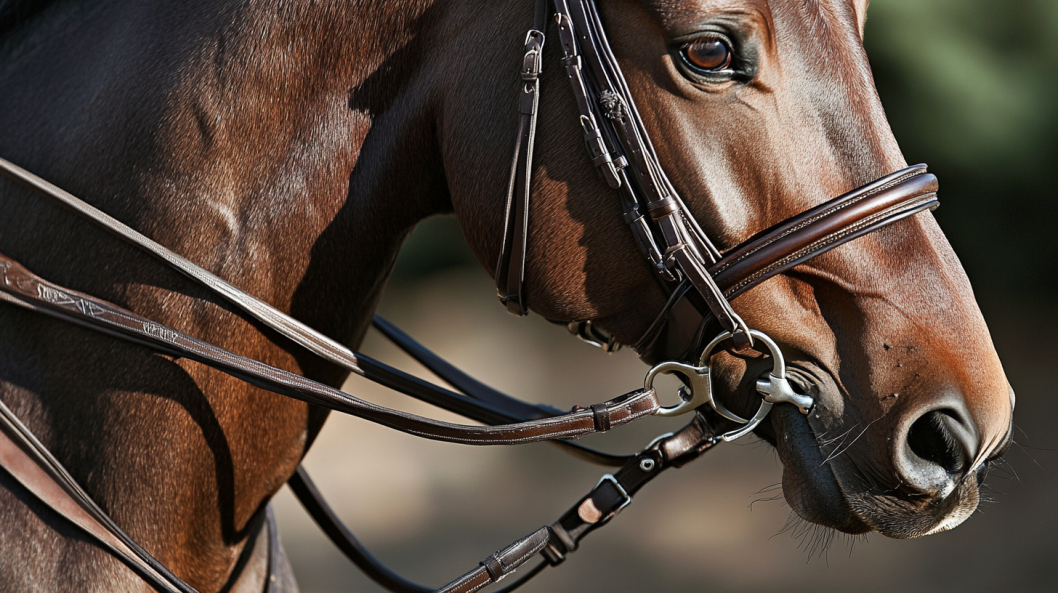Your bridle is a crucial piece of tack, essential for clear communication between you and your horse. Over time, wear and tear can take a toll on this important equipment. Knowing when to replace your bridle can help ensure safety and comfort for you and your horse.
I believe that maintaining your tack is as important as training and riding. A bridle is more than just a piece of equipment; it’s a vital tool that ensures clear communication and comfort for your horse. From my experience, I’ve seen many riders overlook the signs that their bridle needs replacing, often leading to unnecessary discomfort for their horses and potential safety risks. Regularly assessing your bridle enhances your horse’s well-being and ensures a more effective riding experience. Here are some key signs that your bridle might need replacing:
1. Fraying or Broken Leather
Inspect the leather parts of your bridle regularly. Look for signs of fraying, cracking, or splitting, especially around stress points like the browband, noseband, and reins. Fraying can weaken the leather, making it prone to breaking. If you find any significant damage, it’s time to replace the bridle.
2. Loose or Broken Stitching
Check the stitching on your bridle. Broken or loose stitching can compromise the bridle’s integrity, making it less secure and potentially unsafe. If you notice that the stitching is coming undone or if you can easily pull apart the stitches, it’s best to get a new bridle.
3. Rust or Corrosion on Hardware
Inspect the metal parts of the bridle, such as buckles and rings. Rust or corrosion can weaken these components, making them more likely to break. Consider replacing the bridle if you see signs of rust or if the hardware is malfunctioning smoothly.
4. Uncomfortable Fit
A well-fitting bridle is essential for your horse’s comfort. The bridle might not fit correctly if your horse shows discomfort, such as frequent head tossing, rubbing, or resistance. Adjusting the bridle can sometimes help, but if the issue persists, it could be a sign that it is worn out and needs replacing.
5. Missing or Damaged Parts
Bridles have several components, including cheek pieces, bit straps, and reins. If any part of the bridle is missing or significantly damaged, it’s important to replace it rather than trying to repair it. Missing or damaged parts can affect the bridle’s functionality and your horse’s safety.
6. Changes in Your Horse’s Behavior
If your horse’s behavior changes suddenly and you can’t identify another cause, the bridle might be to blame. A too tight, loose, or otherwise uncomfortable bridle can cause behavioral issues. If you’ve ruled out other factors and the bridle is old or showing signs of wear, replacing it might resolve the issue.
7. General Wear and Tear
Even if you don’t see any specific signs of damage, general wear and tear can affect the bridle’s effectiveness. If your bridle has been used for many years, replacing it is a good idea to ensure it remains safe and functional periodically.
From my perspective, investing in a new bridle when necessary is not just a matter of routine maintenance but a commitment to your horse’s overall well-being and performance. A well-maintained bridle contributes significantly to a smoother, more enjoyable riding experience and helps prevent potential issues arising from worn or damaged tack. By staying vigilant about the condition of your bridle, you’re ensuring safety and showing dedication to your horse’s comfort and riding success.





